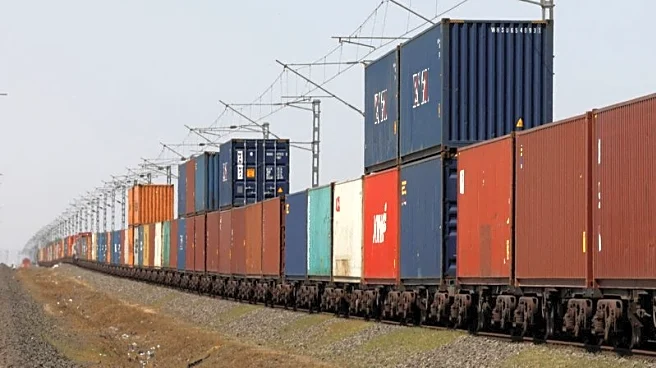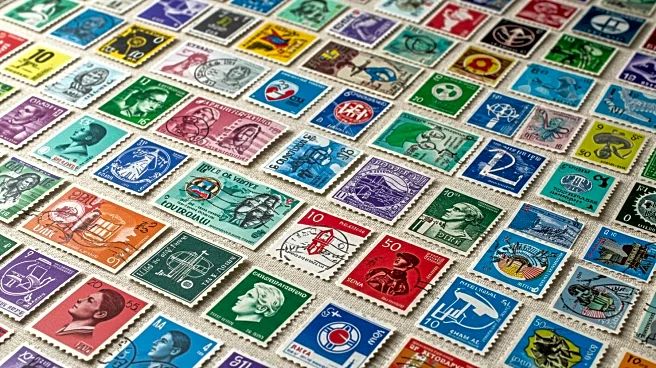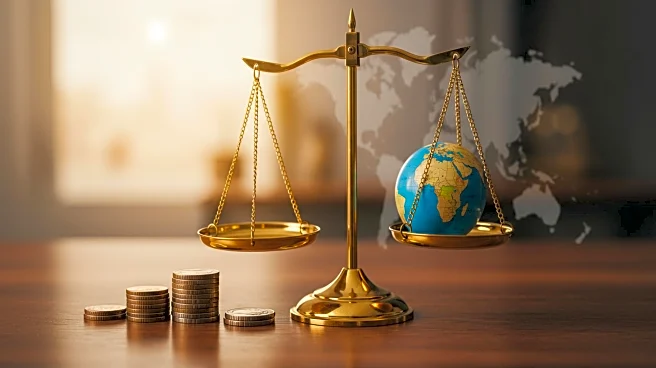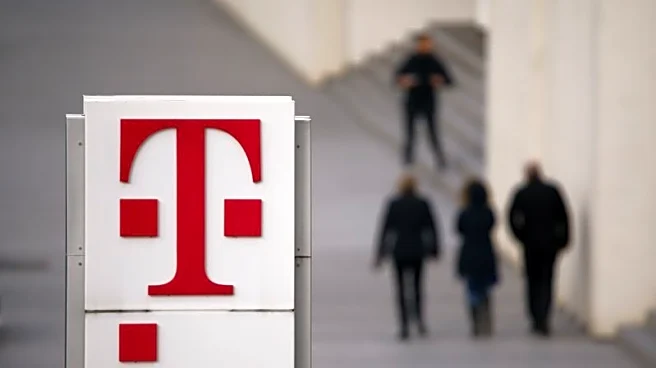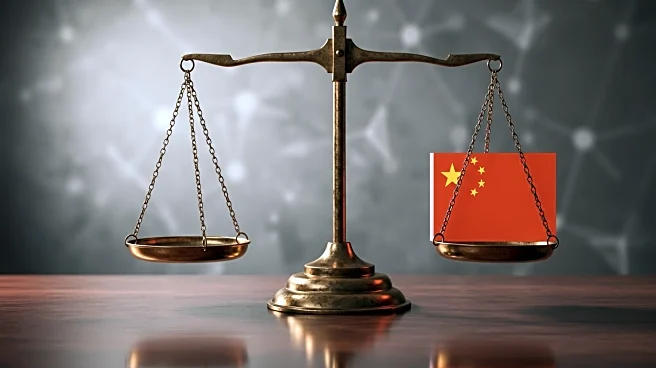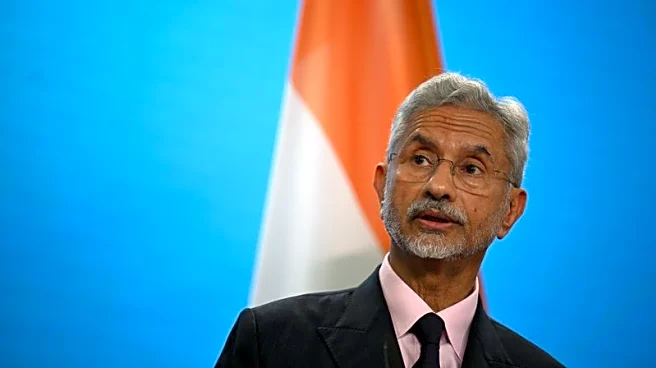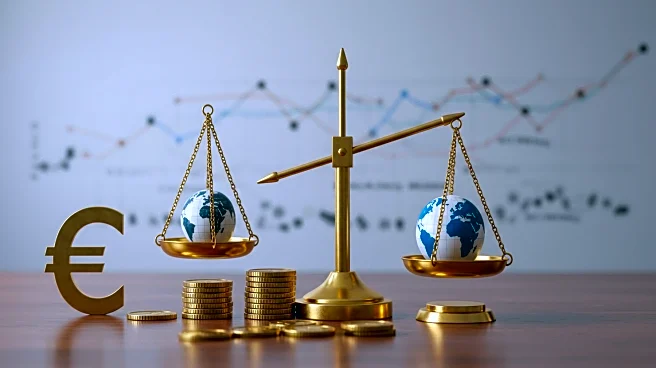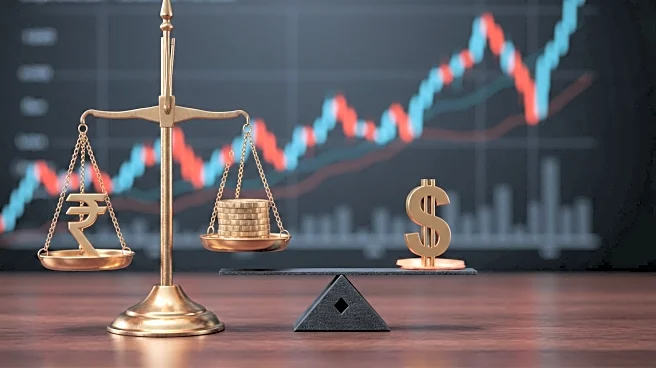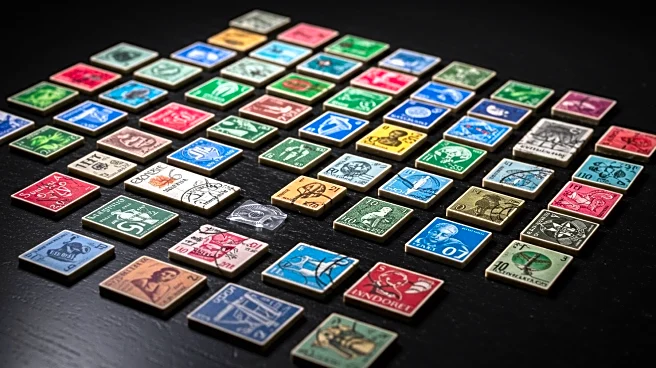By Bansari Mayur Kamdar and Rajendra Jadhav
SURAT, India (Reuters) -The Surat Diamond Bourse, billed as the world's largest office complex - surpassing even the Pentagon in size and symbolising India's growing trade ambitions, stands eerily quiet, with only a few traders at work.
The reason: business is sluggish and the outlook is grim.
Exports by India's diamond industry have already hit a two-decade low on weak Chinese demand, and now higher tariffs under U.S. President Donald Trump threaten to sever
access to its largest market, which accounts for nearly a third of its $28.5 billion annual shipments of gem and jewellery.
In Surat, where more than 80% of the world's rough diamonds are cut and polished, orders have started drying up with looming U.S. tariffs shaking buyer confidence.
While smaller exporters have fewer options to cushion the blow, some bigger players plan to shift part of their operations to countries like Botswana, which faces a lower 15% U.S. tariff. India's current 25% tariff is set to double on Aug. 27.
"We are in a wait-and-watch mode until the end of August but may increase production in Botswana if this continues," said Hitesh Patel, managing director of Dharmanandan Diamonds, which expects U.S. tariffs to slash its annual revenue by 20–25%.
Shaunak Parikh, vice chairman of the Gem and Jewellery Export Promotion Council (GJEPC), said the industry was also responding to slower demand by cutting working days and hours.
At the Surat Diamond Bourse, more than 4,700 offices have been sold, but less than 250 are in use with several companies rethinking their plans to move in, a bourse official said on condition of anonymity.
The owner of a Mumbai-based diamond firm, who bought space at the bourse last year, said he had shelved relocation plans.
"U.S. tariffs have already shaken our business, and we don't want the added hassle of moving from Mumbai to Surat," he said, requesting anonymity to avoid naming his company.
In December 2023, while inaugurating the Surat Diamond Bourse - built over 6.7 million square feet, surpassing the Pentagon's 6.5 million - Prime Minister Narendra Modi had hailed it as a symbol of "new India's strength and new resolve".
Comprising nine interconnected towers, each with 15 floors and gleaming glass facades, the sprawling bourse houses banks, customs offices, secure vaults, and a jewellery mall, designed as a one-stop hub for the global diamond industry.
LITTLE SPARKLE DESPITE PEAK SEASON
At this time of year, workers in Surat typically ramp up production to meet a surge in orders from the United States ahead of Christmas and New Year. This year, however, many artisans are uncertain whether they will even have work.
"Demand has slumped so badly that the diamond packets I sold for 25,000 rupees ($285.84) last year now barely fetch 18,000," said Shailesh Mangukiya, who runs a cutting and polishing unit in Surat, the second-largest city in Modi's home state of Gujarat in India's west.
Mangukiya said he had halved his staff strength to 125.
GJEPC's Parikh said that in the absence of a trade deal between India and the U.S. to lower tariffs, 150,000 to 200,000 workers could lose their jobs.
Stung by tariffs, U.S. buyers are likely to source diamonds from countries such as Israel, Belgium and Botswana, industry officials said.
India's diamond exporters are trying to boost sales to Asia, Europe and the Middle East to offset U.S. losses, but finding new diamond buyers is not easy, exporters said.
The industry is cutting rough diamond purchases and operating with minimal inventories to preserve cash flow, while cash-strapped smaller units have begun offering deep discounts to stay afloat, exporters said.
The only silver lining is India's domestic demand.
Demand for diamonds in India, which recently overtook China as the world's second-largest market, continues to show growth, said Hitesh Shah, a partner at Venus Jewel, which supplies global luxury brands such as Tiffany & Co. and Harry Winston.
"Our sale for the last 10-15 days has slowed down a little but not that much because the loss of American demand is being compensated by some good demand in the Indian market," Shah said.
($1 = 87.46 rupees)
(Reporting by Bansari Mayur Kamdar and Rajendra Jadhav; Editing by Mayank Bhardwaj and Himani Sarkar)


